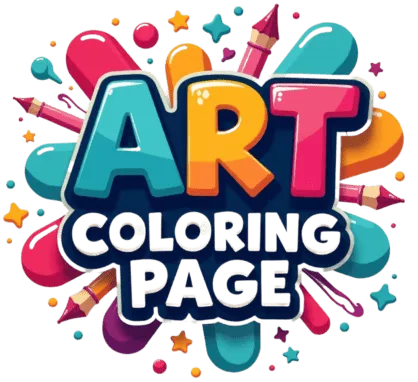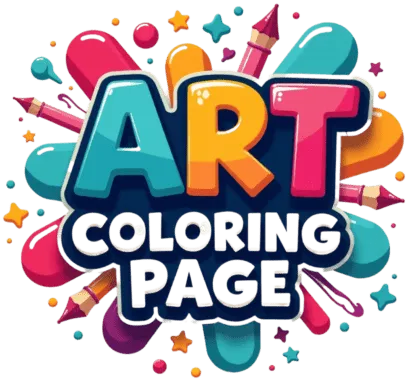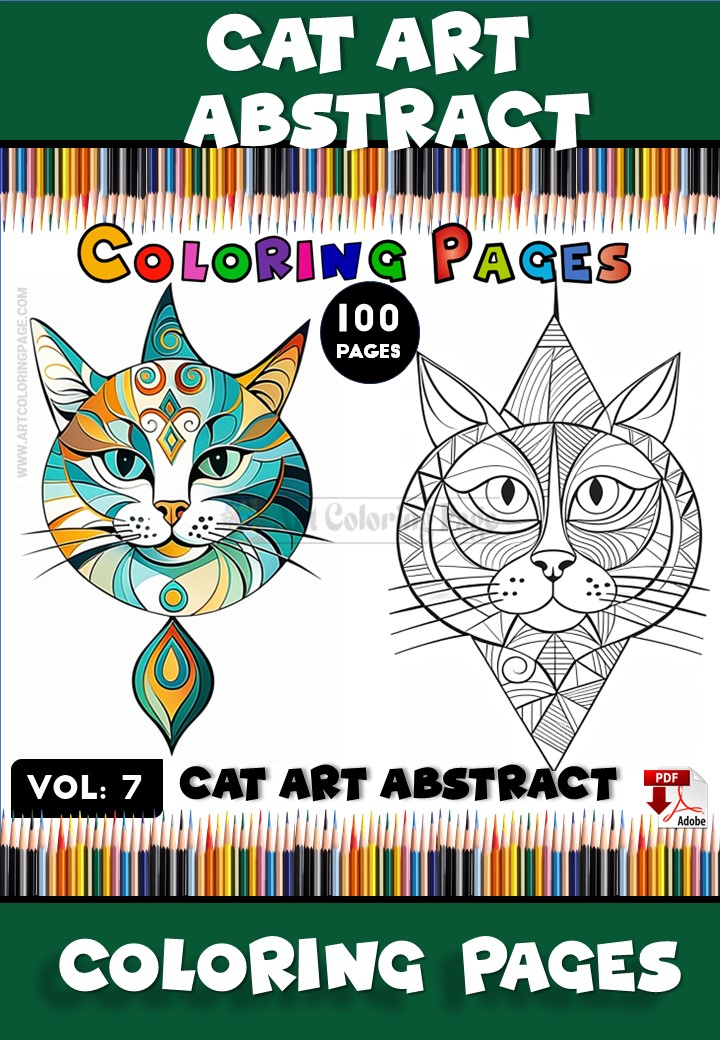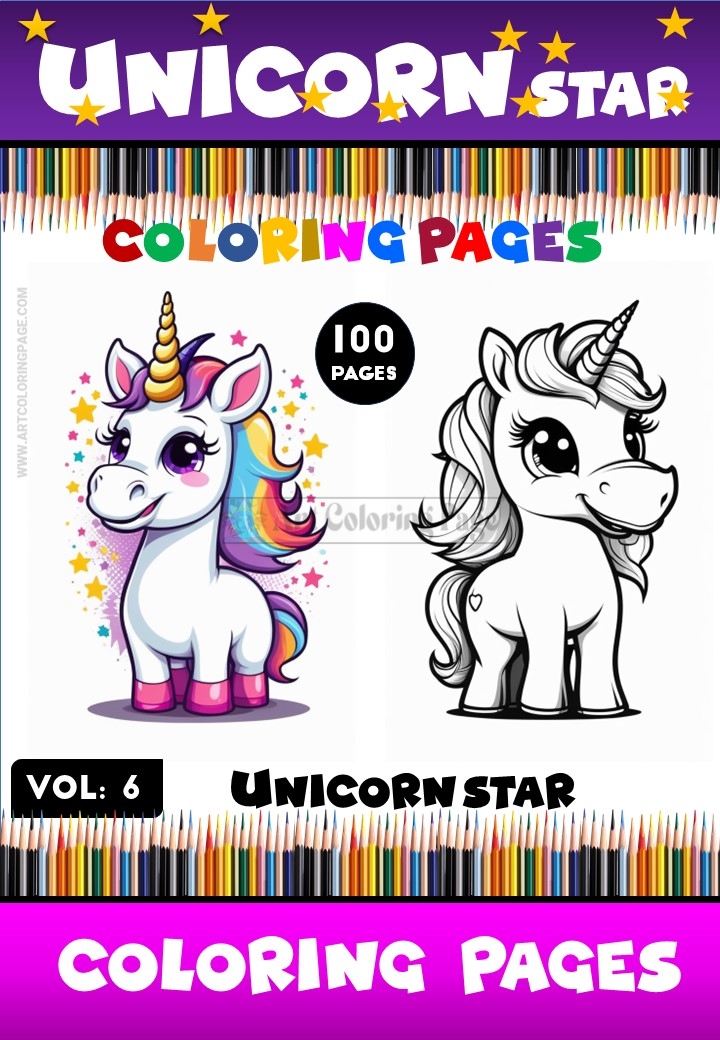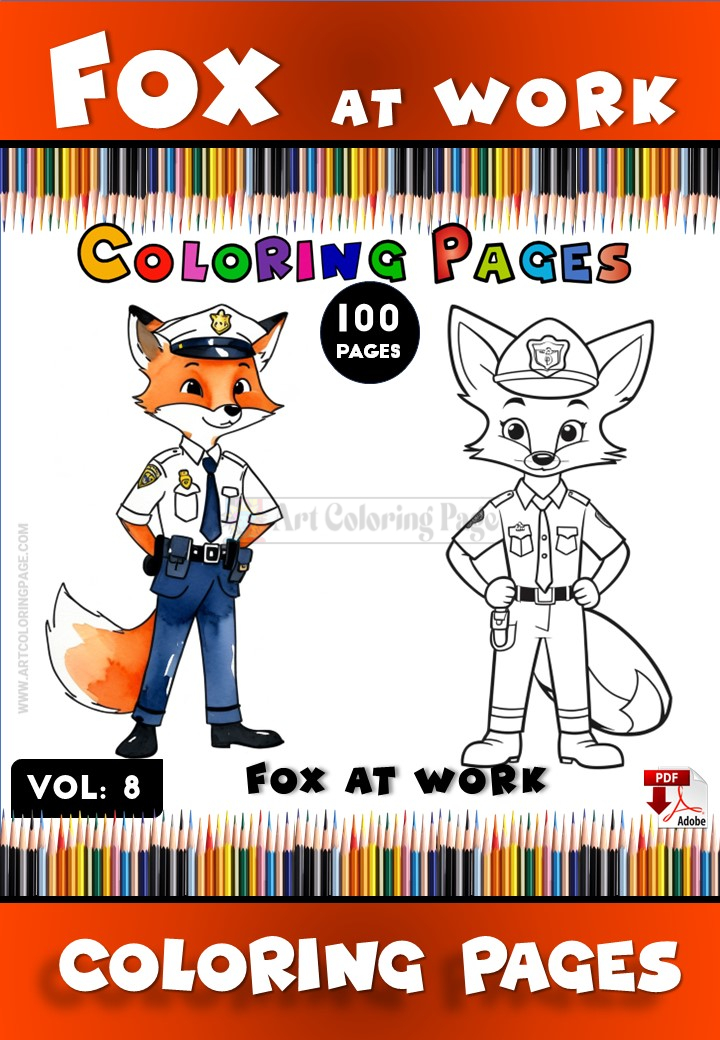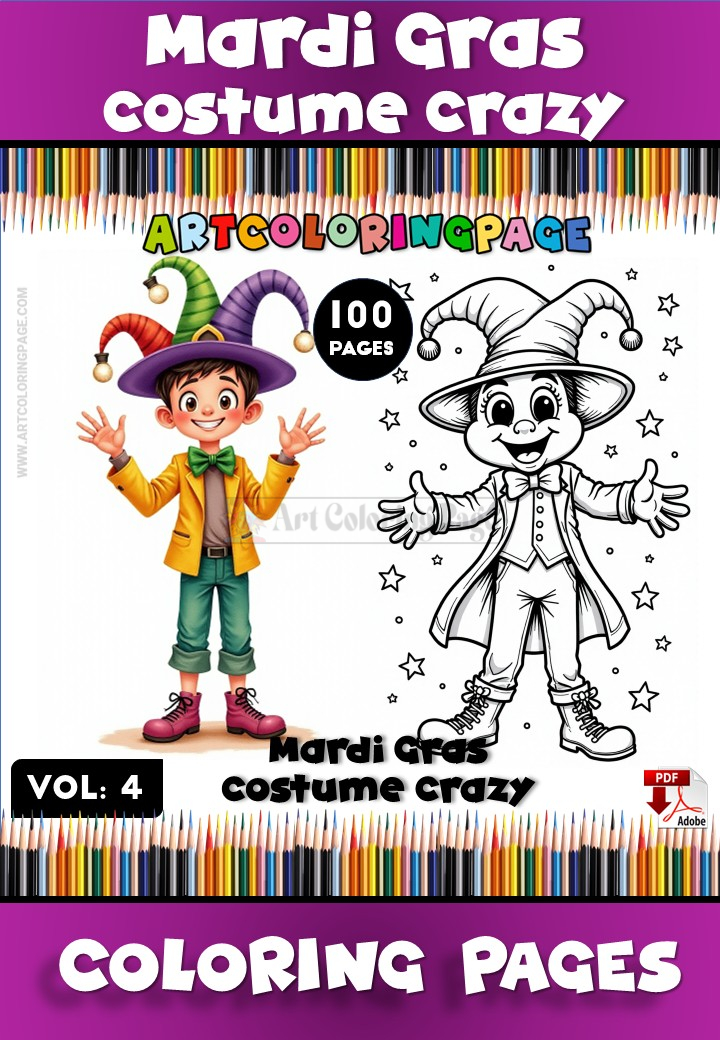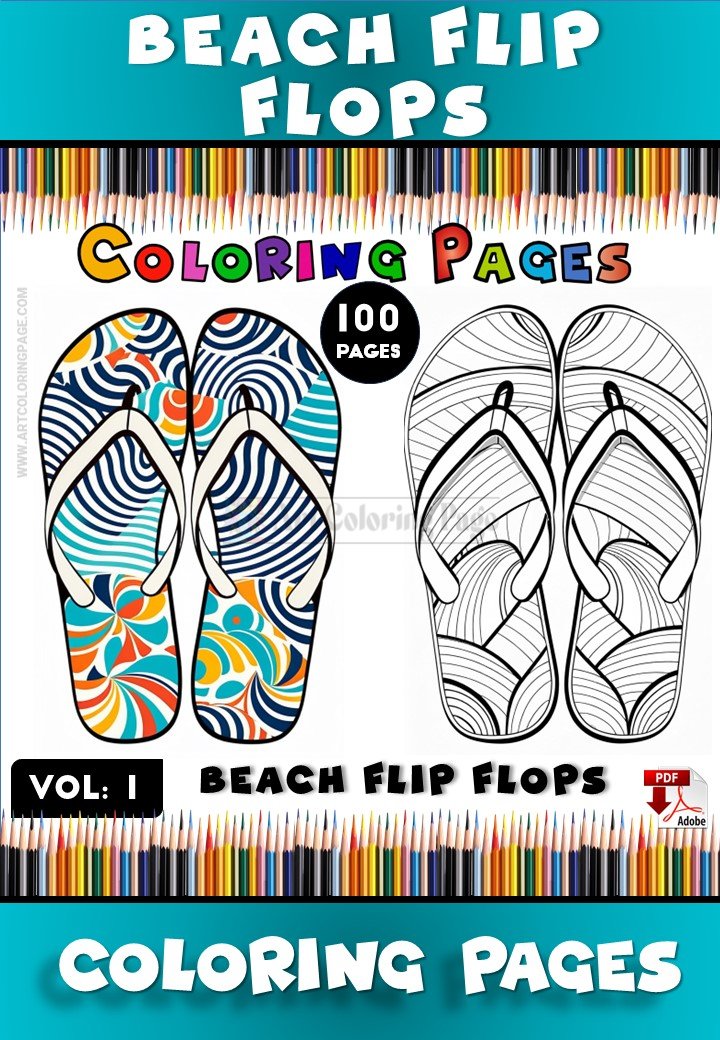Blogs coloring page
Benefits of Coloring for Child Development: A Parent’s Guide
Introduction to Coloring and Child Development
Coloring isn’t just a fun pastime for kids—it’s a powerful tool for their growth. From scribbling with crayons to filling in intricate designs, this simple activity engages a child’s mind, body, and emotions in ways that parents might not expect. Research shows that coloring supports brain development, enhances motor skills, and even fosters emotional well-being. But why does it matter so much? In a world dominated by screens, coloring offers a hands-on, creative outlet that’s both calming and educational.
This article dives deep into the benefits of coloring for child development, exploring how it sharpens focus, builds creativity, and prepares kids for academic success. We’ll break it down into clear sections—cognitive perks, physical skills, emotional growth, and more—while offering expert insights and practical tips. Whether you’re a parent, teacher, or caregiver, you’ll discover why coloring deserves a spot in every child’s routine. Plus, we’ll point you to ArtColoringPage.com, the ultimate resource for vibrant, kid-friendly coloring themes.
Cognitive Benefits of Coloring
Enhancing Focus and Concentration
Ever notice how a child can sit still for ages with a coloring book? That’s no accident. Coloring demands attention to detail—staying within the lines, choosing colors, and planning designs. This process strengthens a child’s ability to concentrate, a skill that’s crucial for school and beyond. Studies suggest that repetitive, focused tasks like coloring activate the prefrontal cortex, the brain’s hub for attention and decision-making. For kids with short attention spans, it’s like a mini workout for their focus muscles.
Boosting Problem-Solving Skills
Coloring isn’t just about following rules—it’s a sandbox for decision-making. Should the sky be blue or purple? How do you blend colors to make a tree look real? These small choices teach kids to analyze options and solve problems creatively. It’s a low-stakes way to practice critical thinking, setting the stage for tackling bigger challenges later in life.
Motor Skill Child Development
Improving Fine Motor Coordination
Crayons and pencils might seem simple, but they’re a child’s first tools for mastering fine motor skills. Gripping a crayon, applying pressure, and moving it across paper strengthen the tiny muscles in their hands and fingers. Occupational therapists often recommend coloring to prepare kids for writing, as it mirrors the motions needed to form letters. Next time your child colors a dinosaur, they’re secretly training for their ABCs.
Strengthening Hand-Eye Coordination
Coloring is a dance between the eyes and hands. Kids learn to guide their movements based on what they see—staying in the lines or shading a corner just right. This coordination is foundational for everything from tying shoelaces to playing sports. It’s like a game where the prize is better control over their own bodies.
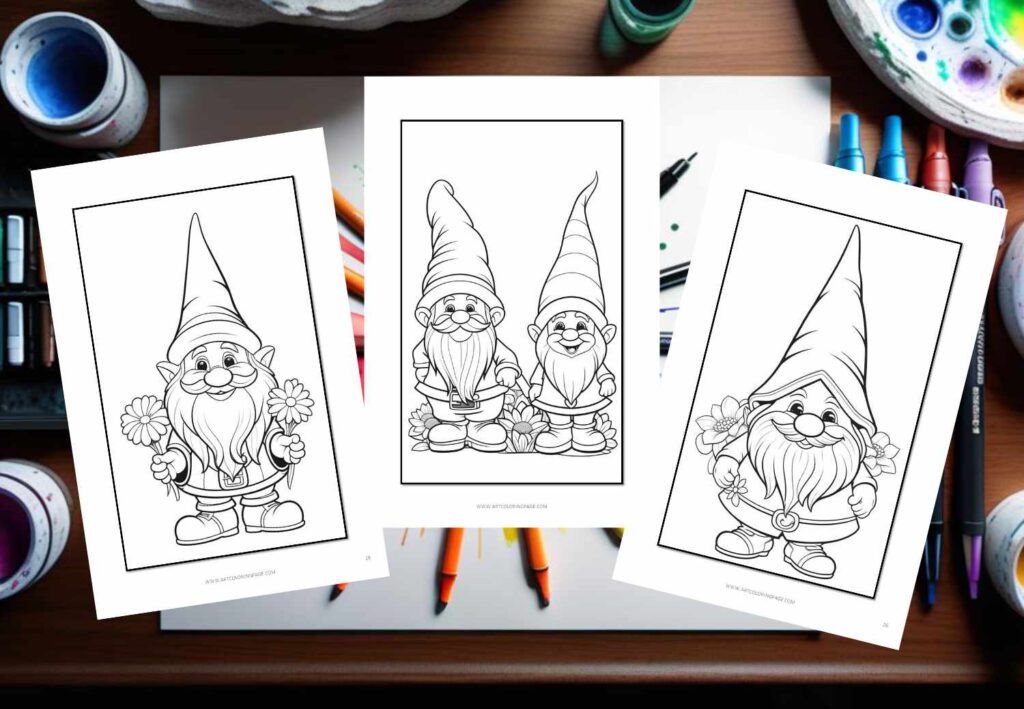
Emotional and Social Growth Child Development
Encouraging Emotional Expression
Kids don’t always have the words to say how they feel, but a coloring page can speak volumes. Choosing bold reds might show excitement, while soft blues could reflect calm. Therapists use coloring as an art therapy tool to help kids process emotions, from joy to frustration. It’s a safe space to let their feelings flow without judgment.
Fostering Social Interaction
Coloring isn’t always solo. When kids color together—swapping crayons or admiring each other’s work—they build social bonds. It teaches sharing, collaboration, and even a bit of patience (waiting for the green crayon is tough!). Group coloring sessions at school or home can turn a quiet activity into a lively social event.
Creativity and Imagination
Stimulating Creative Thinking
A blank page is a playground for the mind. Coloring lets kids experiment with wild color combos or invent stories about their drawings. This freedom sparks imagination, encouraging them to think outside the box. Psychologists say this kind of play is vital for developing innovative thinking—a skill that’s gold in adulthood.
Building Confidence Through Art
Finishing a coloring page feels like a win. Kids beam with pride when they show off their masterpiece, boosting their self-esteem. Unlike rigid tasks with “right” answers, coloring celebrates their unique choices. Over time, this confidence spills into other areas, from trying new hobbies to speaking up in class.
Educational Advantages
Reinforcing Academic Concepts
Coloring sneaks learning into playtime. Sorting colors teaches basic categorization, while following patterns introduces math concepts like symmetry. Coloring books with letters or numbers double as early education tools. It’s a fun way to reinforce what they’re learning without the pressure of a classroom.
Supporting Early Literacy and Numeracy
Picture a coloring page with a big “A” or a numbered sequence. As kids trace and fill them in, they connect visuals to concepts—letters become familiar, numbers take shape. This hands-on practice builds a foundation for reading and counting, making abstract ideas concrete and memorable.
Insights from Child Development Psychologists and Educators
Experts agree: coloring is more than a distraction. Dr. Jane Carter, a child psychologist, notes, “Coloring engages both hemispheres of the brain—logic for structure, creativity for expression—making it a holistic developmental tool.” Educators like Sarah Lin, a preschool teacher, add, “I see kids who color regularly show better focus and happier moods in class.” These insights underline why coloring isn’t just fun—it’s foundational.
Incorporating Coloring into Daily Routines
Making coloring a habit is easy. Set up a cozy corner with supplies and let kids pick their pages—15 minutes after school can work wonders. Pair it with storytelling: ask them to explain their picture. For variety, try themed pages from ArtColoringPage.com—think animals, seasons, or holidays. It’s a low-cost, high-impact addition to any day.
Future Trends in Coloring for Child Development
The future looks bright (and colorful!). Digital coloring apps are rising, blending tech with tradition, though experts still tout paper for its tactile benefits. Schools might lean harder into “coloring breaks” to boost focus. Watch for more research linking coloring to mindfulness, especially as stress rises in young kids.
ArtColoringPage.com: Your Go-To Coloring Resource
Need inspiration? ArtColoringPage.com is the best spot for colorful themes kids love. From jungle adventures to fairy tales, their printable pages spark creativity and learning. It’s a one-stop shop for parents seeking quality, engaging designs—no hunting required.
Key Takeaways and Encouragement for Parents
Coloring is a superpower for child development—sharpening minds, strengthening hands, and soothing hearts. It’s affordable, accessible, and endlessly adaptable. So, grab some crayons, visit ArtColoringPage.com, and watch your child grow through every stroke. You’re not just handing them a page—you’re unlocking their potential.
